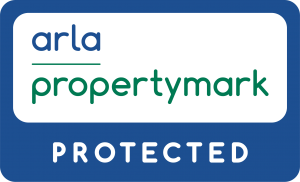When calculating the amount of tax payable, landlords normally offset their expenses against their gross rental income, leaving their taxable income or “profit”. The total profit combined with other income will allow them to be categorised into a tax band – Basic Rate (20%), Higher Rate (40%) or additional Rate (45%). Historically, mortgage interest could be included as an expense to reduce their taxable income, but this changed in April 2017, when a new system of tax relief began to be phased in.
The changes apply to all landlords who let residential property within the UK as an individual or a partnership. You will not be affected if you run your rental properties as a limited company so this could potentially be an option to explore although there may be implications with capital gains tax so we would recommend taking specialist tax advice.
From 6th April 2017, landlords are only able to offset 75% of their mortgage interest against their tax liability. This reduces to 50% from 6th April 2018, to 25% from 6th April 2019 and on 6th April 2020 you will no longer be able to offset any of their mortgage interest.
The old system of tax relief is being replaced by a new system of “tax credits”. A proportion of your mortgage interest will qualify for a 20% tax reduction:
From 6th April 2017 25% of your mortgage interest will qualify, from 6th April 2018 50% of your mortgage interest will qualify, from 6th April 2019 75% of your mortgage interest will qualify and from 6th April 2020 100% of your mortgage interest will qualify.
In basic terms, most landlords will be seeing their tax bill increase. Higher rate and additional rate taxpayers will pay more as the tax credit only refunds at the basic 20% rate, and basic rate taxpayers may be pushed into the higher rate tax bracket as they will be unable to set mortgage interest against income as an expense.






